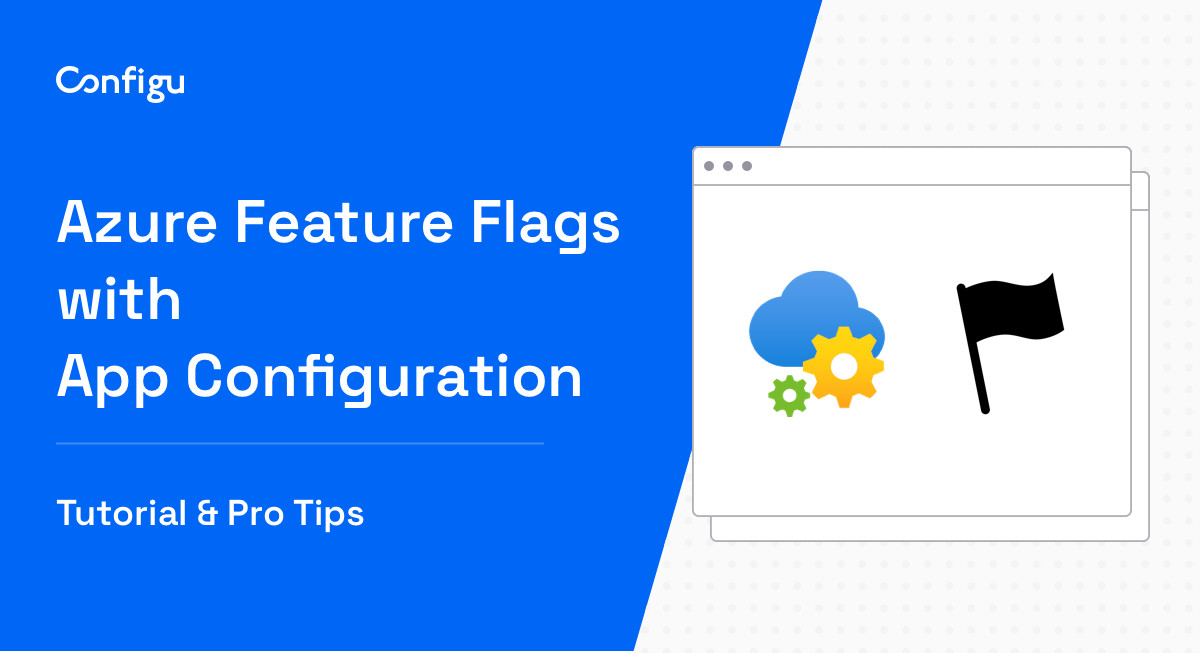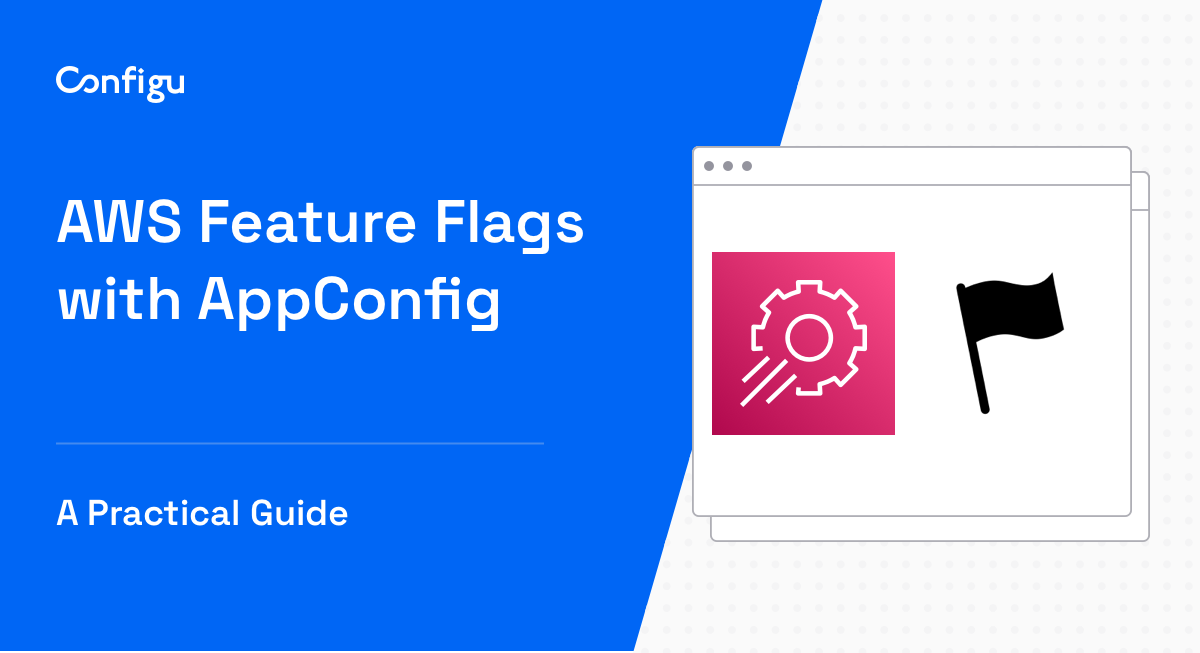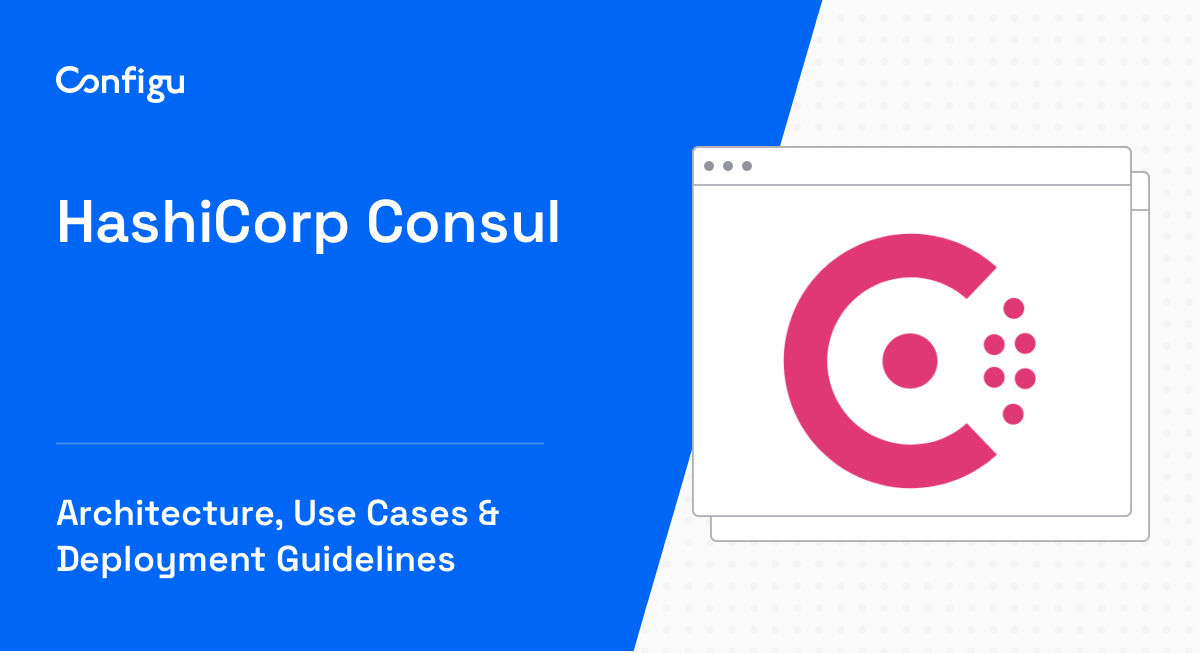Introduction
Dive deep into the heart of the software world’s matrix, where a powerful yet often overlooked tool resides—environment variables. These key-value pairs do more than just configure software applications; they carry the secrets of the past, present, and future of software development. From their inception to becoming a cornerstone of modern coding practices, environment variables have shaped the way we build, deploy, and manage applications. Join us on a fascinating journey through time, exploring the origins and evolution of environment variables.
The Dawn of Environment Variables
The story begins in the early days of computing, long before the graphical user interfaces and sophisticated development environments we take for granted today. It was the era of mainframe computers and command-line interfaces, where the need for flexible, configurable software first became apparent. The concept of environment variables is believed to have originated with the Multics operating system in the 1960s, a project that laid the groundwork for many aspects of modern computing.
Multics introduced the idea of a “context” for each user session, allowing for personalized settings and configurations. This innovation paved the way for the UNIX operating system, developed in the early 1970s, to adopt and expand the concept of environment variables. UNIX used these variables to store user preferences, system settings, and to control the behavior of shell scripts and applications, setting a standard that persists in operating systems to this day.
From UNIX to Ubiquity
The adoption of environment variables in UNIX marked the beginning of their journey to becoming a ubiquitous tool in software development. As UNIX-inspired operating systems like Linux took shape, and as the world gradually shifted from mainframe to personal computing, environment variables cemented their place in the software developer’s toolkit.
One of the most widely recognized environment variables, PATH, illustrates the utility and enduring relevance of environment variables. PATH tells the operating system where to look for the executables it needs to run commands and scripts. It’s a prime example of how environment variables make software configuration dynamic and portable across different systems and setups.
Environment Variables Today
Fast forward to the present, and environment variables are integral to the development, deployment, and operation of software across platforms and environments. They’re instrumental in cloud computing, where services like AWS, Azure, and Google Cloud Platform rely on environment variables to manage configurations for scalable, distributed applications. Environment variables enable the secure management and injection of sensitive information, such as database credentials (DB_USERNAME, DB_PASSWORD) and API keys (API_KEY), into applications without hardcoding them into source code, ensuring applications remain both agile and secure.
Expanding the Toolbox: Tips and Strategies
Security: Leverage environment variables to store sensitive data like DB_PASSWORD outside your codebase, enhancing security. Integrating with secret management tools like HashiCorp Vault or AWS Secrets Manager adds an extra layer of security, ensuring that secrets are encrypted and accessible only to authorized services.
Documentation: Maintaining a comprehensive, up-to-date list of environment variables and their purposes aids in onboarding new developers and ensuring operational clarity. For instance, documenting the use and expected values for DATABASE_URL or REDIS_CACHE_ADDRESS can prevent configuration errors and streamline development processes.
Portability: Environment variables like DATABASE_URL enable you to abstract environment-specific configurations from your application code, making your projects portable and adaptable across different environments. This practice allows for seamless transitions from development through to production without the need for code changes.
Simplify Local Development: Utilize environment variables to manage different configurations for local development, testing, and production. Tools like Docker and docker-compose can use .env files to set up containers with the appropriate environment variables, making it easy to replicate settings locally or switch between different configurations without changing the application code.
Dynamic Configuration for Scalability: In cloud-native architectures, environment variables can dynamically adjust application behavior based on the deployment context. For example, MAX_WORKERS or CACHE_TTL can be tweaked to optimize resource utilization and response times as the load varies. This dynamic configurability is essential for applications that need to scale up or down efficiently in response to real-time demand.
Environment-Specific Feature Flags: Use environment variables as feature flags to enable or disable features in different environments. This approach allows for safe testing of new features in development or staging environments before they are enabled in production. For instance, setting FEATURE_X_ENABLED=true in a development environment variable can activate a new feature for testing, while the same feature remains inactive in production until ready for release.
Consistency Across Services: In microservices architectures, maintaining consistency in environment variable naming and usage across services can greatly simplify configuration management and debugging. Establishing a convention for naming environment variables (e.g., prefixing with SERVICE_NAME_) ensures clarity and reduces the risk of conflicts or confusion when multiple services are configured together.
Fallback Strategies: Design your applications to use fallback values for critical environment variables, ensuring that your application can function even if some configurations are missing. For example, defaulting to a standard logging level if LOG_LEVEL is not set.
Auditing and Rotation: Regular audits of your environment variables help identify obsolete or unused variables, reducing clutter and potential security risks. Rotating sensitive values periodically minimizes the impact of potential exposure.
Your Turn: Discovered a unique approach or handy tip with environment variables? The comments are your stage. Share your insights to inspire and contribute to our collective knowledge pool. Together, we can uncover new perspectives and elevate our practices. Join the conversation and let’s grow smarter, together.
Conclusion
The evolution of environment variables from a nascent concept in the Multics operating system to a fundamental part of modern software infrastructure is a testament to their versatility and enduring importance. They remind us that sometimes, the most influential tools in software development are those that quietly work behind the scenes, shaping our digital world without fanfare. By incorporating the strategies and insights shared, developers can fully leverage environment variables to build applications that are secure, portable, and maintainable. As we look to the future, the role of environment variables is sure to evolve, but their legacy as a cornerstone of software configuration is undeniably secure.



